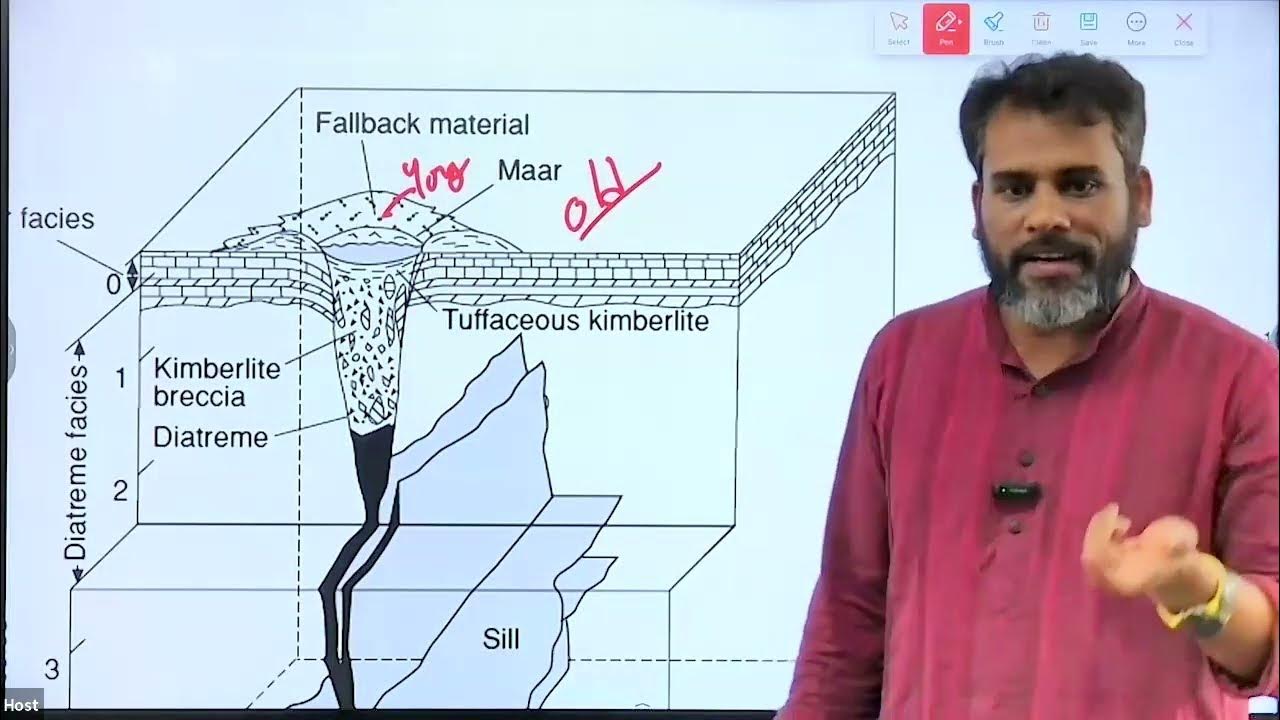What's The Most Dangerous Place on Earth?
Summary
TLDRThis Vsauce video explores the most dangerous places on Earth, considering factors like temperature extremes, lack of oxygen, and natural disasters. It delves into the rapid fatality risks of Mount Everest's thin air and the Mariana Trench's water pressure, as well as the historical deadliness of diseases like the bubonic plague and malaria. The video also touches on human-induced dangers, such as pollution in La Oroya and radioactive hazards in Lake Karachay, contrasting with the natural 'safety' now found in the Chernobyl exclusion zone, where wildlife thrives in the absence of human activity.
Takeaways
- 🌍 93% of all humans who have ever lived are now dead, indicating the Earth's history is vast and most of it involves the deceased.
- ❄️ Extreme temperatures, both hot and cold, can be deadly within minutes to hours, highlighting the fragility of human life without proper protection.
- 🏔 Mount Everest's summit is perilous due to the thin air and lack of oxygen, which can lead to death within minutes for an unprepared individual.
- 🌊 The bottom of the Mariana Trench poses an immediate threat due to extreme water pressure and lack of oxygen, capable of causing unconsciousness in seconds.
- 🔥 Falling into a lake of molten lava would result in an explosive reaction due to the body's water content turning into steam, illustrating the intense heat of lava.
- 🦠 Historically, diseases like the plague and influenza have caused massive fatalities, with malaria potentially being the deadliest in human history.
- 🏭 Pollution and environmental hazards, such as in La Oroya, Peru, and Lake Karachay in Russia, can be extremely dangerous to human health.
- 🏆 The Global Peace Index ranks countries by safety, with Iceland being the safest and Somalia the least safe, showing the wide range of safety across the globe.
- 🗺️ High murder rates are found in specific locations like Juarez, Mexico, and San Pedro Sula in Honduras, indicating areas of extreme danger.
- 📺 Fictional places like Cabot Cove from 'Murder, She Wrote' and real places like San Pedro Sula have exceptionally high murder rates, demonstrating the contrast between reality and fiction.
- ☢️ The Chernobyl exclusion zone, while dangerous for humans, has allowed wildlife to flourish, showing how human absence can benefit other forms of life.
Q & A
What percentage of all humans who have ever lived are currently dead?
-93% of all humans who have ever lived are dead.
How does the lack of oxygen at the summit of Mount Everest affect humans?
-At the summit of Mount Everest, there is only one third as much breathable oxygen as at sea level, which can cause death within 2-3 minutes if a person is teleported there without acclimatization.
What would happen to a human body if it were submerged at the bottom of the Mariana Trench?
-At the bottom of the Mariana Trench, the pressure would cause the lungs to collapse, and without oxygen, the brain would go unconscious in 15 seconds, leading to death in under 90 seconds.
How does a human body react when exposed to molten lava?
-The human body, mainly composed of water, would turn into steam explosively when exposed to the extreme heat of molten lava, which is four times hotter than an oven can get.
What historical disease caused the death of nearly 3% of the world's population in 1918?
-Influenza caused the death of nearly 100 million people in 1918, which was 3% of the world's population at the time.
Which micro-organism is responsible for causing malaria and how significant has its impact been on human history?
-Plasmodium, a micro-organism transmitted through mosquito bites, causes malaria and is estimated to have caused the death of half of all humans who have ever lived.
What is the most polluted spot on Earth according to the World Watch Institute on Nuclear Waste?
-Lake Karachay in Russia is considered the most polluted spot on Earth due to its high levels of radioactive pollutants.
Which country has the highest murder rate according to the Global Peace Index?
-According to the Global Peace Index, the country with the highest murder rate is Somalia.
What is the murder rate in Juarez, Mexico, and how does it compare to other locations?
-In Juarez, Mexico, the murder rate is 1,477 per million inhabitants per year, which is one of the highest in the world.
How does the murder rate in the fictional town of Cabot Cove from 'Murder, She Wrote' compare to real-world statistics?
-Cabot Cove from 'Murder, She Wrote' has a murder rate of 1,490 per million inhabitants, which was unmatched by reality until San Pedro, Sula in Honduras reported a rate of 1,588 per million.
What is the paradoxical effect of the Chernobyl disaster on wildlife?
-The Chernobyl disaster zone, while lethal to humans, has allowed wildlife, especially endangered species, to flourish due to the absence of human activity.
Outlines

Esta sección está disponible solo para usuarios con suscripción. Por favor, mejora tu plan para acceder a esta parte.
Mejorar ahoraMindmap

Esta sección está disponible solo para usuarios con suscripción. Por favor, mejora tu plan para acceder a esta parte.
Mejorar ahoraKeywords

Esta sección está disponible solo para usuarios con suscripción. Por favor, mejora tu plan para acceder a esta parte.
Mejorar ahoraHighlights

Esta sección está disponible solo para usuarios con suscripción. Por favor, mejora tu plan para acceder a esta parte.
Mejorar ahoraTranscripts

Esta sección está disponible solo para usuarios con suscripción. Por favor, mejora tu plan para acceder a esta parte.
Mejorar ahoraVer Más Videos Relacionados

A student discussion - B1 Listening Practice - British Council

I Survived The 5 Deadliest Places On Earth

Abiotic factors and an organism's range | High school biology | Khan Academy

Story of Diamond | How it forms | GeologyConcepts.com

PERUBAHAN PERMUKAAN BUMI - BUMIKU SAYANG BUMIKU MALANG

What Happens To Prisoners During A Disaster?
5.0 / 5 (0 votes)
